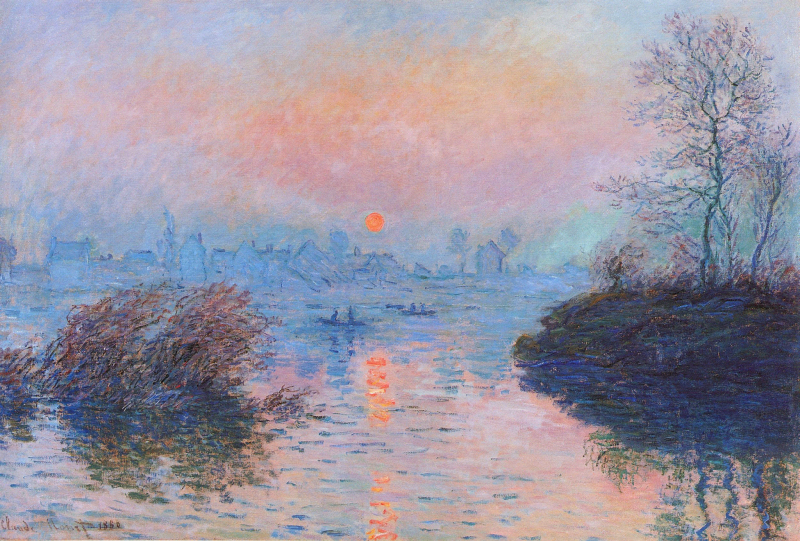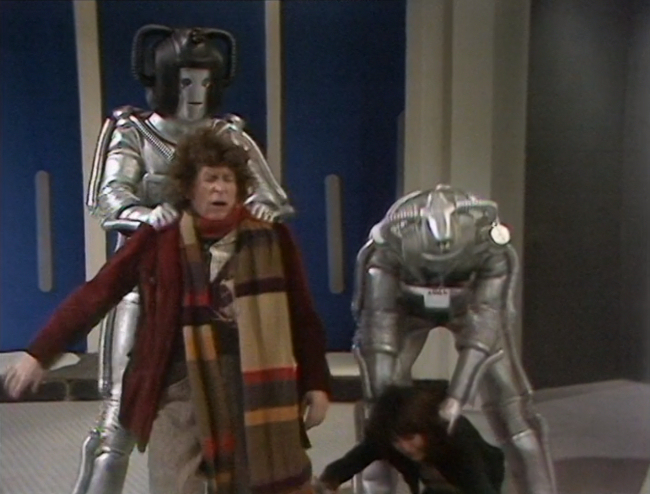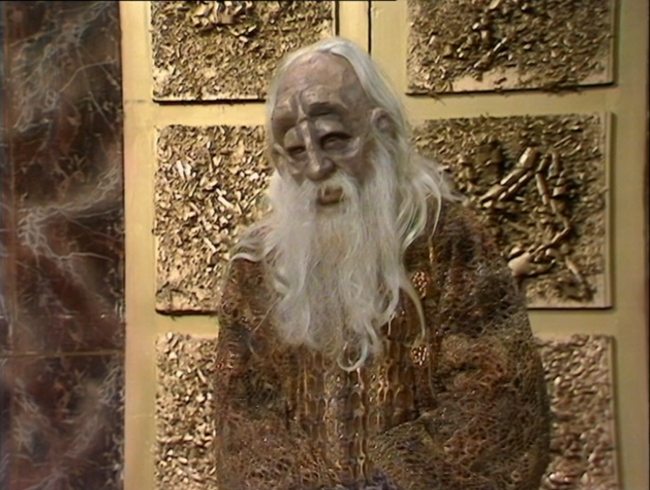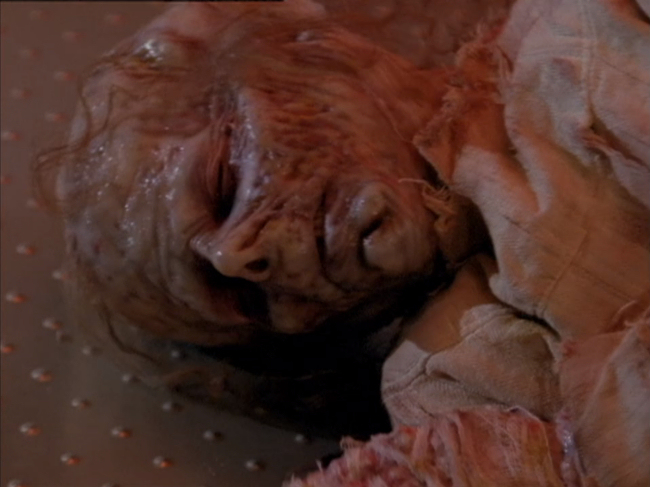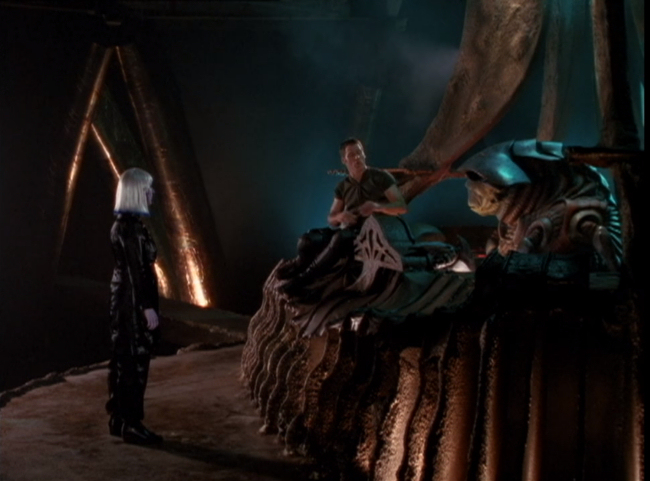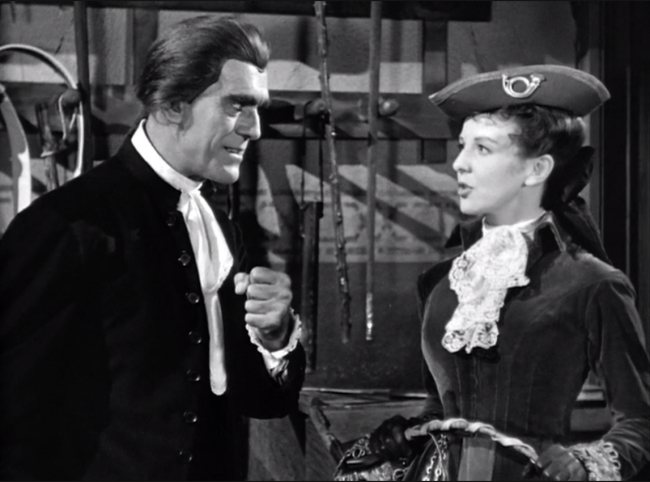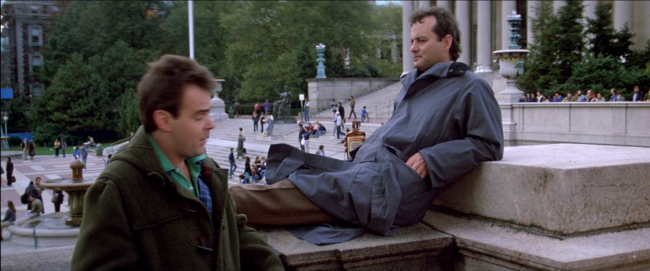
Happy Halloween, everyone. I haven't had as much time this month for horror movies as I usually do but this morning I found myself watching Ghostbusters during breakfast, by which I mean the original 1984 film. I wonder if anyone rewatches the reboot. Why has every attempt to follow up on the original film been unsuccessful? It seems a question worth asking considering yet another attempt has just finished shooting. Directed by Jason Reitman, son of the original film's director, Ivan Reitman, and a successful filmmaker in his own right, the new film looks to be avoiding the controversy of backtracking on the all female reboot by making a family the central focus, a mother and her kids.
I hope it's a good movie but I suspect it'll miss the mark once again. If it's a good movie, it'll be a very different kind of good movie than the original film. Ghostbusters has always been a fantasy but a story where children are the heroes is a fundamentally different kind of fantasy. In such stories, children typically need to act more like adults or the world around them has to make allowances for them being children or the story has to be something in between. Central to the success of the original film, that every subsequent film has missed, is the credible feeling of the world of adults. The first half moves at such a fast pace with some kind of rough spots--like the transition in the beginning from the theme song over the title to Venkman administering his ESP test. It gives the film a natural feel, quick and dirty, miraculous given its budget. The idea of such an unprecedented film getting made to-day seems impossible. The pace and roughness gives the film an incidentally personal quality--one senses the characters talk about taxes and mortgages and New York dialect as much because these things were intimately familiar to the filmmakers as for any other reason. And they're adult issues--they're the problems of people trying to navigate life in the city without a roadmap or a safety net.
A few weeks ago, I was watching a video by a YouTuber named Lindsay Ellis (whose videos on the Hobbit movies are really good) who points to a fundamentally 80s capitalist message in the film. It's true, it's a story about a bunch of guys who start a new business and become wildly successful. Of course, when I was a child, I didn't think of it that way. I just remember thinking how great it was these funny guys beat the scary ghosts and demons. But if that's all a kid sees, why didn't kids like the 2016 film as much? Well, there are a whole lot of other reasons. But I think you could say that the kids respond better when the filmmakers feel personally connected to the story, even if the kids don't understand why.
A strictly economic reading of Ghostbusters is a mistake, in any case, as narrow applications of critical theory usually are. Any good work of art is too much of an interplay of details, too much of a tapestry for a single thread to be pulled out alone. More generally, I think it's a movie about faith. I was stuck on the line from the Ghostbusters's commercial--"We're ready to believe you." I can imagine that really being comforting for someone who just saw a demon in their refrigerator like Dana Barrett did. The team of guys would certainly know all about that after having been kicked out of the university because the administration doesn't believe in them. One of the reasons Bill Murray's performance works so well is that it reads as a kind of masochism coexisting with hope. That scene where he almost sings talking to Ray about how they're going to get the money--he sounds encouraging but also like he's laughing at himself slightly and at poor Ray. It's actually kind of a beautiful leap of faith moment because you can see that it's not a blind leap. Venkman is no fanatic.
It's hard to imagine the new film supporting an emotional subtext like that. But I guess I'll have to wait and see.







